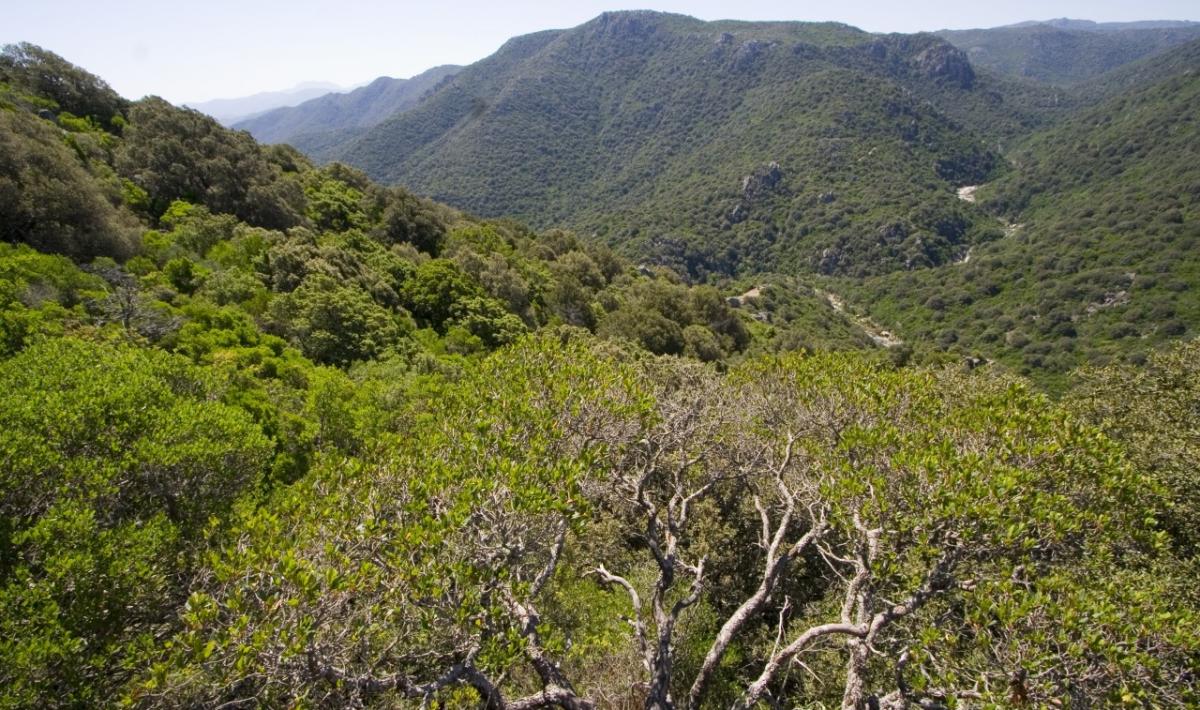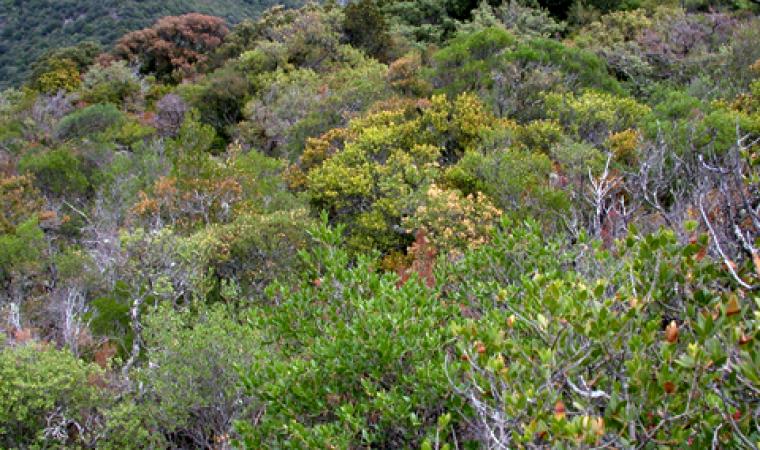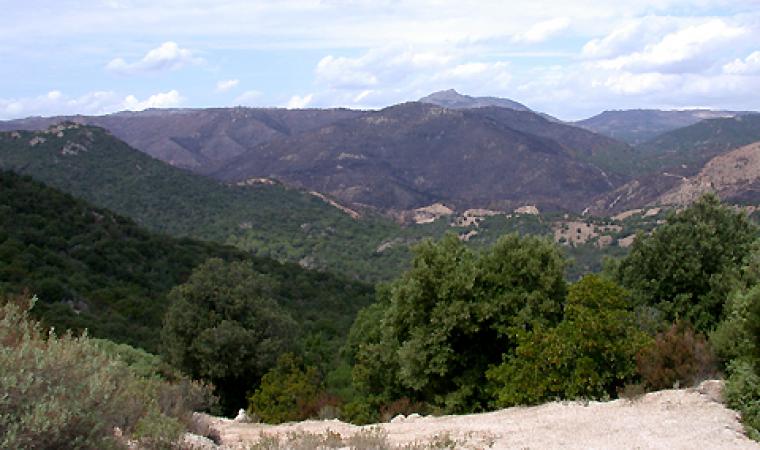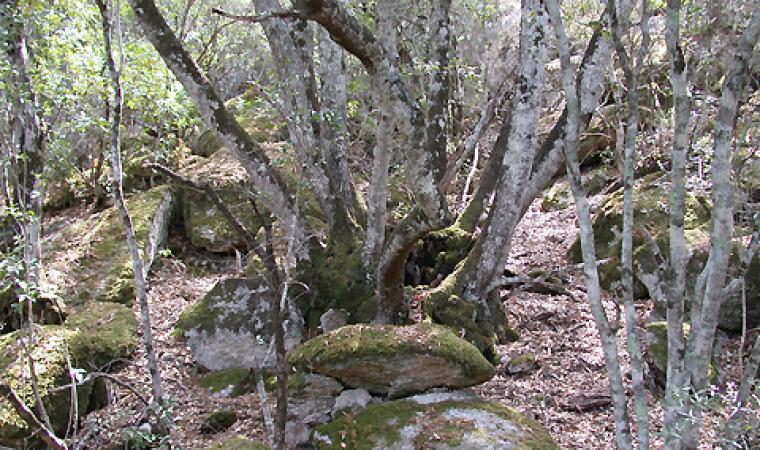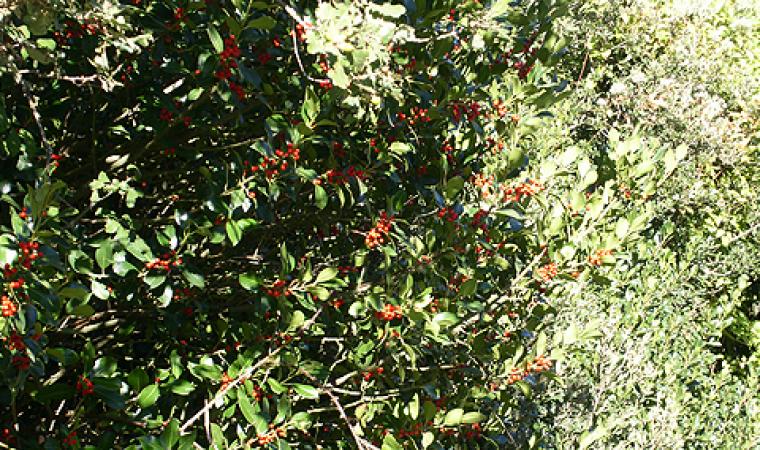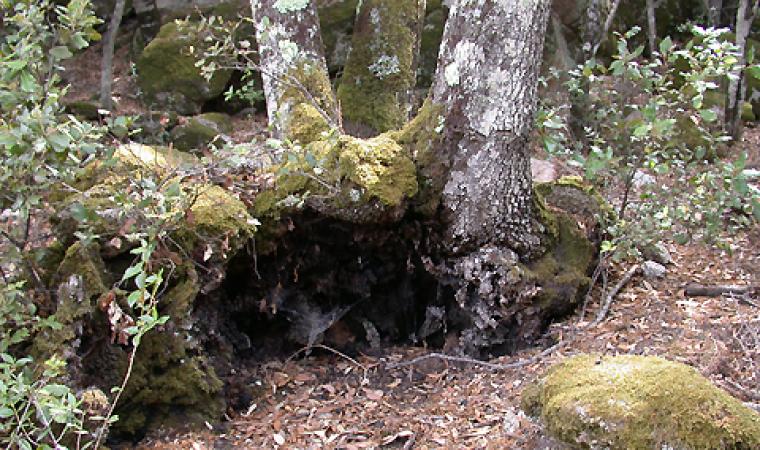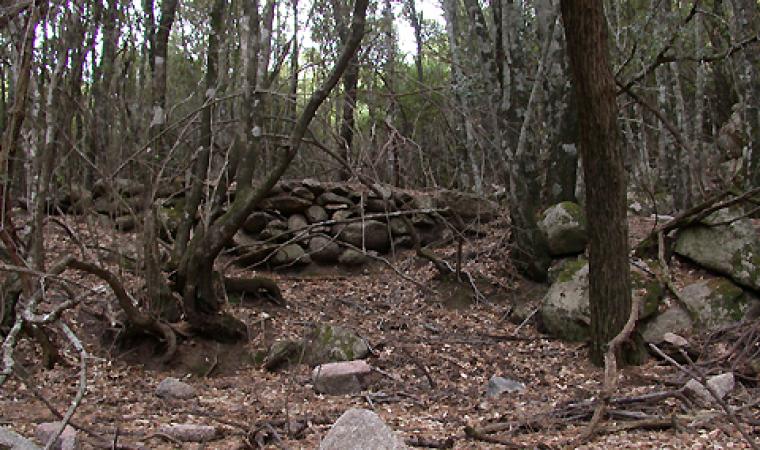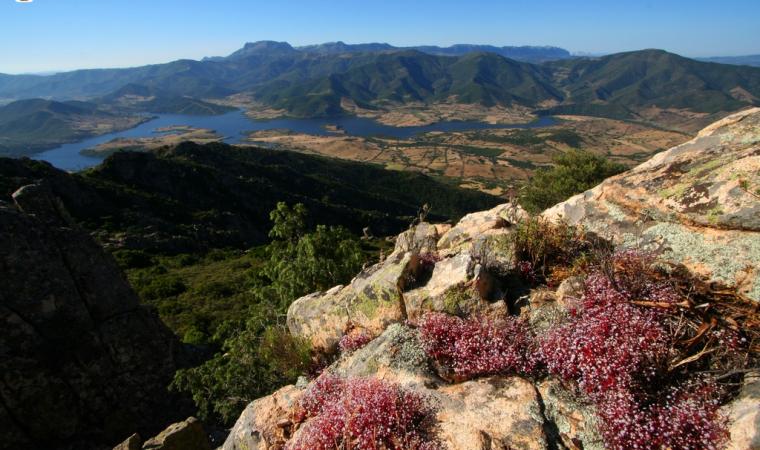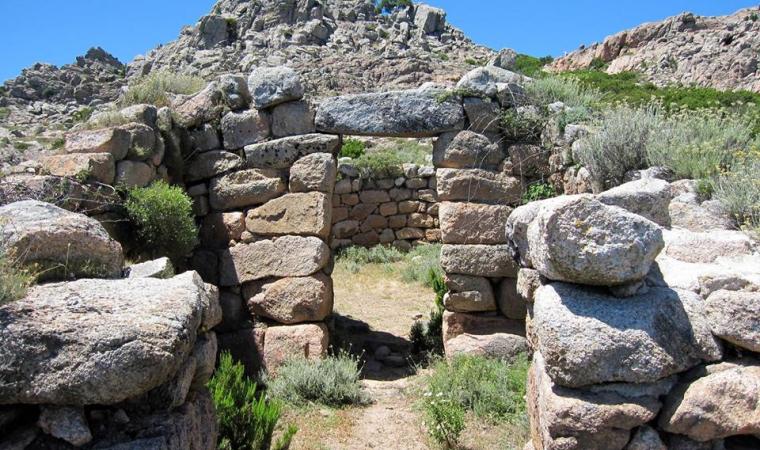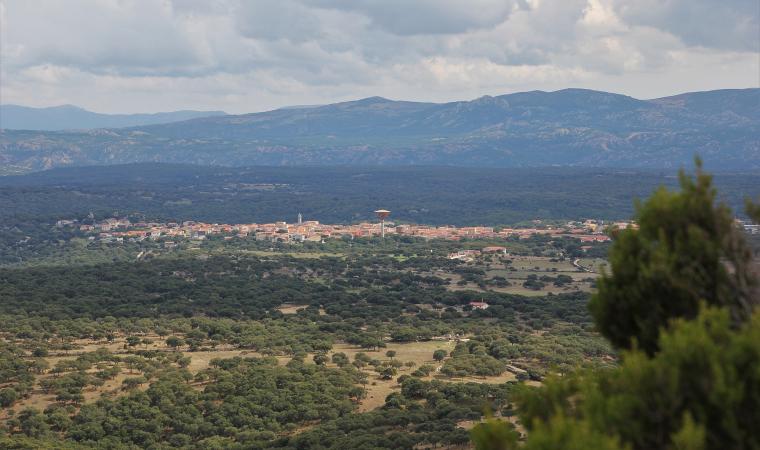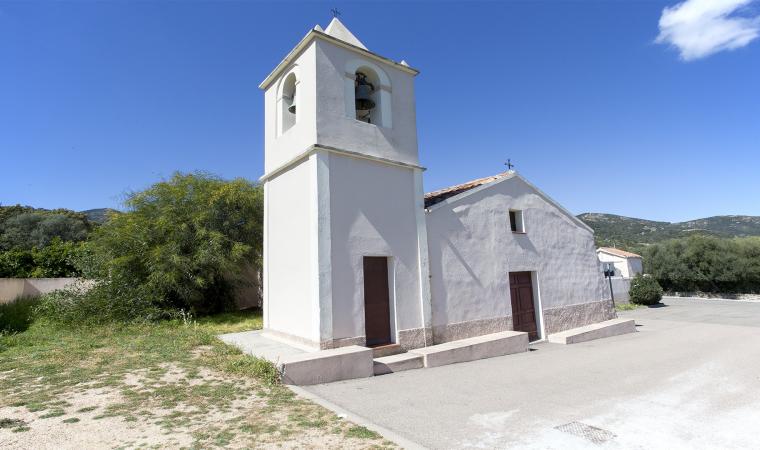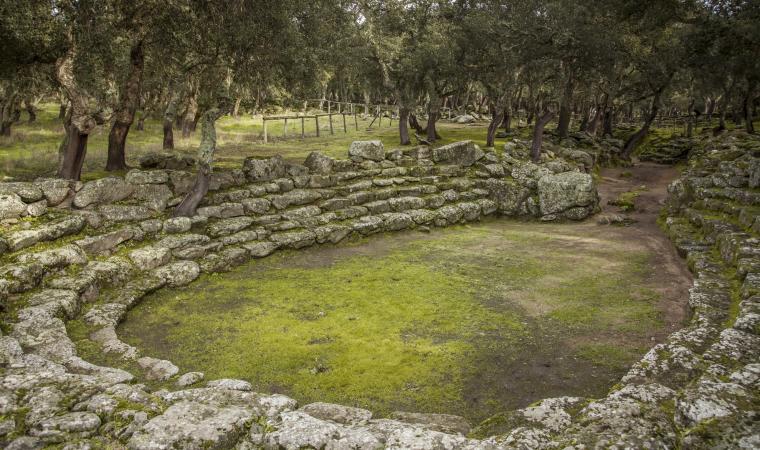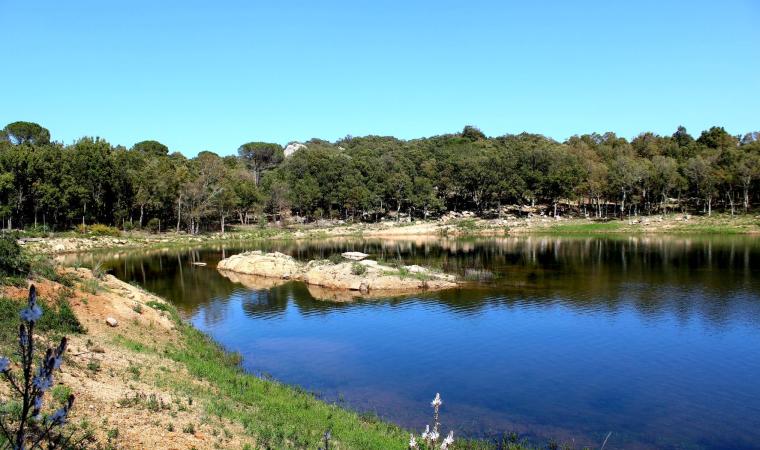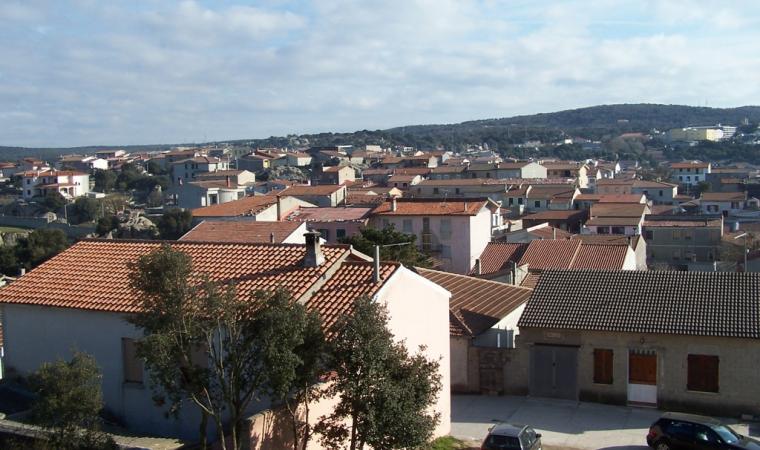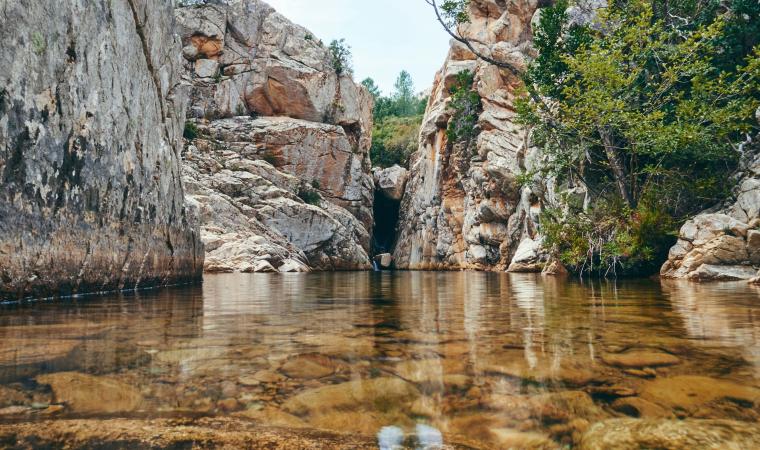Mountains with rough and uneven shapes, crossed by wide valleys, are the undisputed kingdom of the golden eagle, which nests on Mount Tepilora. At altitudes lower than a few hundred metres, a deer population wanders among the holm oaks and cork oaks. They are the most characteristic rare species to inhabit the state forest of Sos Littos – Sas Tumbas. They're not alone though, as the area is also a home, within a well-defined space, to a colony of mouflons, protagonists of a repopulation activity. Furthermore, you can see wild boars, wild cats, hares, martens and foxes, while there are peregrine falcons, sparrowhawks and buzzards circling in the sky, and it is not uncommon to spot the Barbary partridge and the wood pigeon.
Sos Littos – Sas Tumbas, belonging to the state-owned forest since 1914, stretches for 2155 hectares in the territories of Alà dei Sardi and Bitti and its altitude varies from 110 metres to 774 metres at Punta Piatteri. Numerous watercourses run through the forest and there are also phillyreas and low Mediterranean scrub formations among the trees: rockroses, strawberry trees, heather, lavender, mastic and myrtle. Near the Rio s’Aragone, black alders, grey willows and oleanders reign supreme, creating a beautiful landscape. The Riu Orulamita and the Riu Piscamu also maintain a flow of water throughout the year, where freshwater fish live, particularly trout.
The woods are located within the Alta Gallura forest complex, partly in the oasis of Tepilora-Rio Posada, which has become a regional park. Along with Sos Littos – Sas Tumbas, other green areas that fall within the protected area are Crastazza and Tepilora, in the territory of Bitti, and the state-owned forest of Usinavà, belonging to the municipality of Torpè and declared a permanent wildlife protection oasis. In particular, the complex of Crastazza-Tepilora is on the border of the Sos Littos - Sas Tumbas woods to the north east, featuring reforestation areas, native Mediterranean scrub, holm oaks and junipers. The landscapes of the Tepilora oasis are wild and captivating, ranging from the harshness of the granite rocks to the lushness of the woods. Dozens of paths cross it and it is a destination for trekking enthusiasts, with the possibility of stopping off in the areas equipped for picnics. Towards the east, on the shores of Lake Torpè, in addition to admiring the scenery of the oasis, you can kayak across the stretch of the Rio Posada that leads to its mouth and do some sport fishing.

